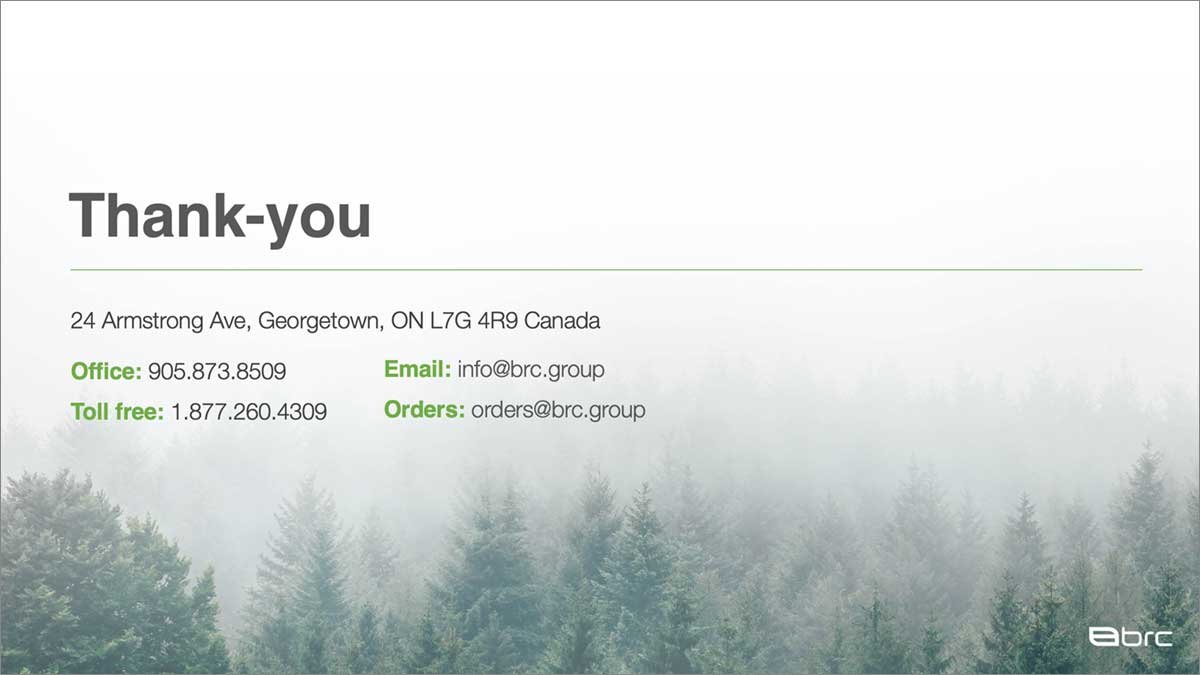5 Ways to Engage Your Audience in a Presentation
Speaking in front of an audience can be intimidating, and knowing how to engage an audience during a presentation is even more difficult. I used to work as a marketing manager for several corporate companies and believe me when I say I’ve seen my fair share of bad to terrible presentations. I’ve also taught in college and given pointers to my students on how to present their portfolios, this isn’t the same but some principles still apply.
The best presenters are ones that have practiced over and over again. And that’s why they present on stage in front of large audiences at conferences and events. They make it engaging and memorable. I’ve compiled five tips that will help improve your presentation to increase audience interaction and help drive your message home.
1. Create Visual Interest
The easiest way for your audience to be engaged with your content is to have PowerPoint slides that look attractive. Using a variety of imagery such as charts, infographics, and photos while on-brand can help explain and reinforce your message.
Depending on your content, mixing it up by including multimedia such as music and videos can enhance the experience and can further help with your explanation. Remember to consider that your audience will consist of people who are visual learnings and will obtain information easier through visual aid and other sensory components.
As a graphic designer that specializes in engaging presentations, I can help you in this area the most. I specialize in designing PowerPoint slides that will adapt to your content and help engage your audience. Contact me today and we can discuss how I can help you create a stunning presentation.
If you have any doubts about hiring a presentation designer, read my article 5 Reasons Why You Need a PowerPoint Presentation Designer.
Design attractive presentation slides to engage your audience with your content
2. Involve Your Audience and Encourage Interaction
Throughout your presentation it is a good idea to ask probing questions to get your audience involved. It can be as simple as doing a poll and getting them to raise their hand or having a Q and A at the end of your presentation. Encouraging participation will show how much the audience is interested in the material you are presenting and helps get the other people around them to notice and pay more attention. It is also a cue for you to change things up if you don't see your audience responding.
3. Use Storytelling to make Engaging Presentations
Storytelling is a great method to relate yourself with your audience. People often draw upon personal experiences to find a common ground. How can you story tell in a corporate setting?
Use examples and case studies to explain what the problem was and how you and your company solved XYZ, what was the outcome, and how did your client respond? As a presenter you can ask if your audience has ever been in a similar situation and what their experience was like.
4. Trigger a Call to Action
Throughout your engaging presentation and especially at the end, you should have a call to action for your audience to perform. It will put in motion a way to get them closer to the presentation promise. Some examples include, providing resources for them to learn more about you, like a free brochure, downloadable guide, your website and your social medias.
Depending on your business, you can also provide instructions on the next steps in participating, like signing up for your next seminar, class, or workshop. Another way is to provide an incentive at the beginning of the presentation so they can win prizes or free courses at the end.
Create a call to action for your next event
Provide contact details for more information
5. Rehearse
It may be obvious that you should rehearse, but more often in a corporate setting, leaders are so inundated with their everyday tasks, that they assume they're just going to wing their presentation. Unfortunately, they miss out on some important points that could really make or break their pitch.
During rehearsals, make sure you are speaking clearly and your voice is being projected. Your talking points should be easily understood and brief but meaningful. Your tone and your use of words can make a huge difference on how you present yourself and how you convey your message. These are all ways to help with creating engaging presentations.
Try to get feedback from a colleague or someone who is experienced or even consider taking a public speaking course if you are lacking confidence in this area.












